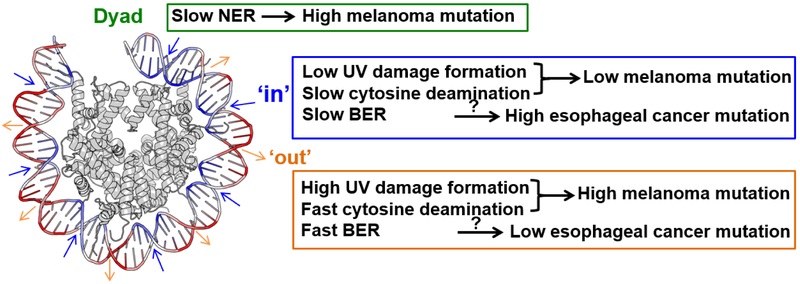Figure 1: Nucleosome translational and rotational settings regulate UV damage formation, DNA repair, and cancer mutagenesis.
NER activity is inhibited at the nucleosome dyad center, which is associated with increased mutation density in melanoma. At inward-facing rotational settings (‘in’), where the DNA minor groove faces toward histones, both UV damage formation and deamination of methylated cytosine in CPDs are reduced, which is associated with decreased mutations at ‘in’ rotational positions in melanoma. BER activity is decreased at ‘in’ rotational settings, which may contribute to the high mutation frequency at ‘in’ positions in esophageal and gastric cancer. However, further studies are needed to establish the direct correlation between BER and cancer mutation variations in the nucleosome. In contrast to the ‘in’ positions, UV damage formation, deamination of methylated cytosine in CPDs, and BER activity are elevated at ‘out’ rotational settings.

